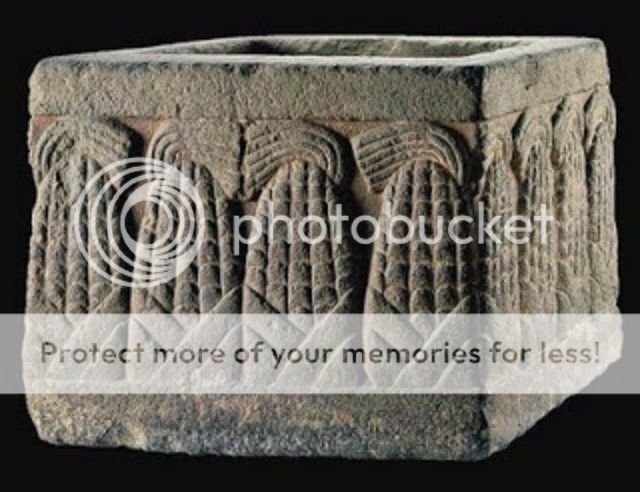OldLady
Diamond Member
- Nov 16, 2015
- 69,568
- 19,600
- 2,220
Good luck getting a straight answer out of her.So you've been to Rosslyn Chapel?I did a whole road trip once, "chasing" the Templars.
From the deepest Languedoc, through Europe, to London, and beyond. Even a reference to iit in the gardens of a stately home in Staffordshire.
Also attended some interesting lectures on the topic.

